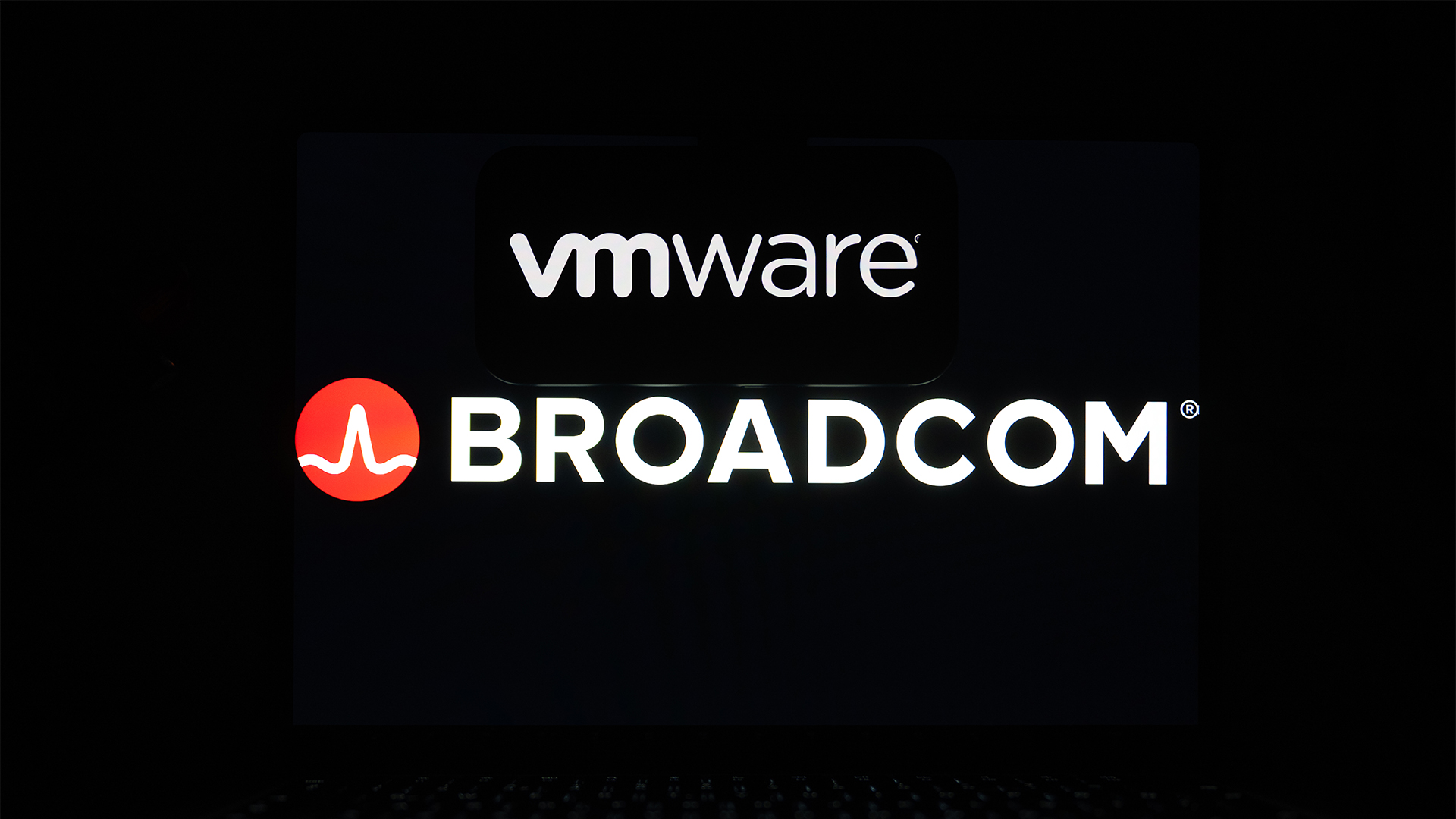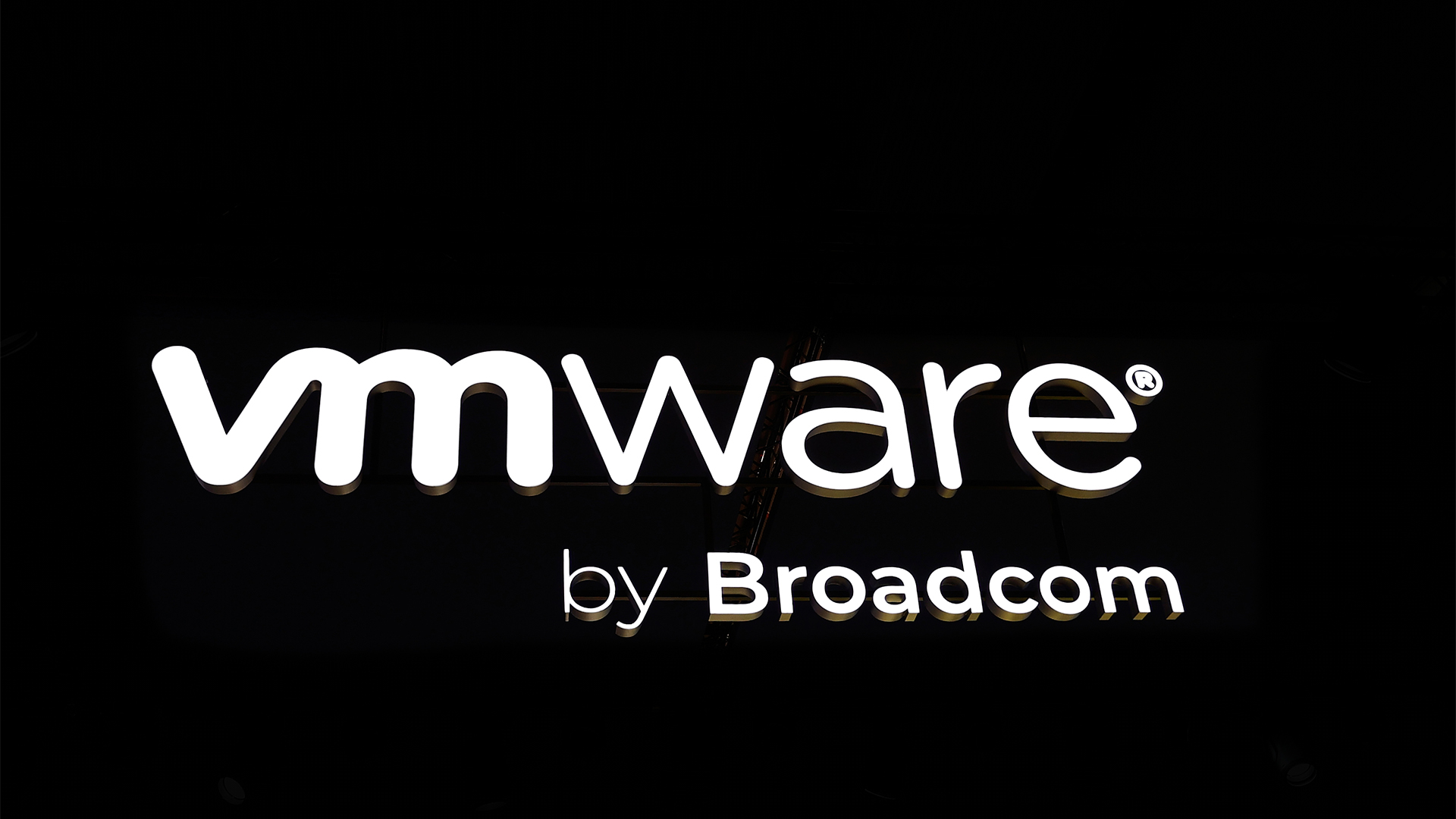Microsoft's Hyper-V over-hyped, says competition
Following the ahead-of-schedule launch of its first major virtualisation release, Microsoft faces stiff criticism, but a warm welcome, from those vendors it now competes with.


Hyper-V, Microsoft's first virtualisation release launched last Friday, has met with stiff criticism from competitors over its lack of functionality but is still likely to broaden the market, they say.
The virtualisation component was originally expected to ship with the new server release earlier this year, but announced its delayed release within 180 days of the Windows Server 2008's release to manufacture (RTM). In lauding the fact it had met this latest deadline, Microsoft also said 1.5 million copies of the beta had already been downloaded.
Overall, analysts and competing vendors like VMware, Parrallels, Virtual Iron and Citrix's XenServer have welcomed Microsoft's entrance to the market, saying it will help commoditise the technology.
But two market leaders were also quick to point out that Hyper-V lacks functionality Microsoft had originally promised, which they say is key to basic, reliable virtualised infrastructures.
As the overall market leader with an 85 per cent share, VMware was quick to point to Hyper-V's pared down functionality and, in particular, the absence of any live migration capabilities that are key to disaster recovery and business continuity plans.
Reza Malekzadeh, VMware director of products and marketing for Europe, Middle East and Africa, said: "Hyper-V is comparable to our first generation product and offers little more than basic partitioning capabilities.
"An example is that Hyper-V has no function comparable to VMware's VMotion technology, which allows a running virtual machine to move between physical hosts without downtime or interruption. VMware customers find this tried and tested technology integral to their IT operations, as it allows very flexible business continuity and disaster recovery."
Get the ITPro daily newsletter
Sign up today and you will receive a free copy of our Future Focus 2025 report - the leading guidance on AI, cybersecurity and other IT challenges as per 700+ senior executives
Serguei Beloussov, Parallels chief executive, didn't see Hyper-V as a threat to its delivery of operating system (OS) level server virtualisation through its Parallels Virtuozzo Containers. But he admitted: "By offering a bundled [Windows Server 2008] solution, Microsoft is reaching a wider audience of potential virtualisation users, but the breadth of deployments will still be fairly narrow: Windows environments that are currently reaching their upgrade cycle."
Beloussov also pointed to missing features: "There is no live migration, which is fairly basic entry-level requirement for virtualisation adopters. Platform support is also key and there's a big deficit here, with no support provided for Red Hat, Fedora, CentOS, FreeBSD."
But Microsoft has pointed to its System Centre Virtual Machine Manager (VMM) 2008, which is now in beta, to help IT organisations configure and deploy their Microsoft-based virtualised environments.
Beloussov added: "While users will need to pay for System Centre VMM to use Hyper-V, it is still going to undercut the other established hypervisor tools, potentially representing a very serious threat for those companies."
A 25-year veteran enterprise technology expert, Miya Knights applies her deep understanding of technology gained through her journalism career to both her role as a consultant and as director at Retail Technology Magazine, which she helped shape over the past 17 years. Miya was educated at Oxford University, earning a master’s degree in English.
Her role as a journalist has seen her write for many of the leading technology publishers in the UK such as ITPro, TechWeekEurope, CIO UK, Computer Weekly, and also a number of national newspapers including The Times, Independent, and Financial Times.
-
 CISA issues warning in wake of Oracle cloud credentials leak
CISA issues warning in wake of Oracle cloud credentials leakNews The security agency has published guidance for enterprises at risk
By Ross Kelly
-
 Reports: White House mulling DeepSeek ban amid investigation
Reports: White House mulling DeepSeek ban amid investigationNews Nvidia is caught up in US-China AI battle, but Huang still visits DeepSeek in Beijing
By Nicole Kobie
-
 Broadcom records huge growth as CEO Hock Tan hails “successful integration” of VMware
Broadcom records huge growth as CEO Hock Tan hails “successful integration” of VMwareAnalysis The VMware acquisition is finally paying dividends for Broadcom
By George Fitzmaurice
-
 Broadcom EMEA CTO claims the company has been able to solve most of its customer issues following VMware acquisition
Broadcom EMEA CTO claims the company has been able to solve most of its customer issues following VMware acquisitionNews Joe Baguley says the firm has been walking customers through license changes and explaining the value of VMware
By George Fitzmaurice
-
 Cloud repatriation may be nipping at hyperscaler market share, but it’s a boon for VMware
Cloud repatriation may be nipping at hyperscaler market share, but it’s a boon for VMwareNews The firm’s private cloud offerings put it in a strong position to aid customers moving workloads out of the public cloud – but repatriation can’t be the only conversation
By George Fitzmaurice
-
 VMware Explore 2024 live: All the news and updates as they happen
VMware Explore 2024 live: All the news and updates as they happenLive Blog ITPro is live on the ground in Barcelona for VMware Explore 2024 – keep tabs on all the news, updates, and announcements in our rolling coverage
By George Fitzmaurice
-
 Pure Storage announces VM assessment service – and it could please beleaguered VMware customers
Pure Storage announces VM assessment service – and it could please beleaguered VMware customersNews The firm unveiled a new tool for managing VM costs as part of its Pure//Accelerate London 2024 event
By George Fitzmaurice
-
 Is a VMware exodus looming? Disgruntled customers are actively seeking alternative providers or exploring open source options in the wake of Broadcom’s acquisition
Is a VMware exodus looming? Disgruntled customers are actively seeking alternative providers or exploring open source options in the wake of Broadcom’s acquisitionNews VMware customers say they are seriously considering alternative providers in light of the turbulence and increasing costs that followed its acquisition by Broadcom
By Solomon Klappholz
-
 Broadcom wants to unlock private cloud’s potential with VMware Cloud Foundation 9
Broadcom wants to unlock private cloud’s potential with VMware Cloud Foundation 9News An emphasis on simplicity matched with improved customer controls underpins the latest VCF improvements
By Rory Bathgate
-
 VMware license changes could spark a wave of data center 'devirtualization'
VMware license changes could spark a wave of data center 'devirtualization'News The increased costs associated with Broadcom’s VMware acquisition is one of the key drivers behind this predicted shift
By George Fitzmaurice